Deep Perception
(for manipulation)
Part 2

MIT 6.421
Robotic Manipulation
Fall 2023, Lecture 17
Follow live at https://slides.com/d/KAZWmZg/live
(or later at https://slides.com/russtedrake/fall23-lec17)
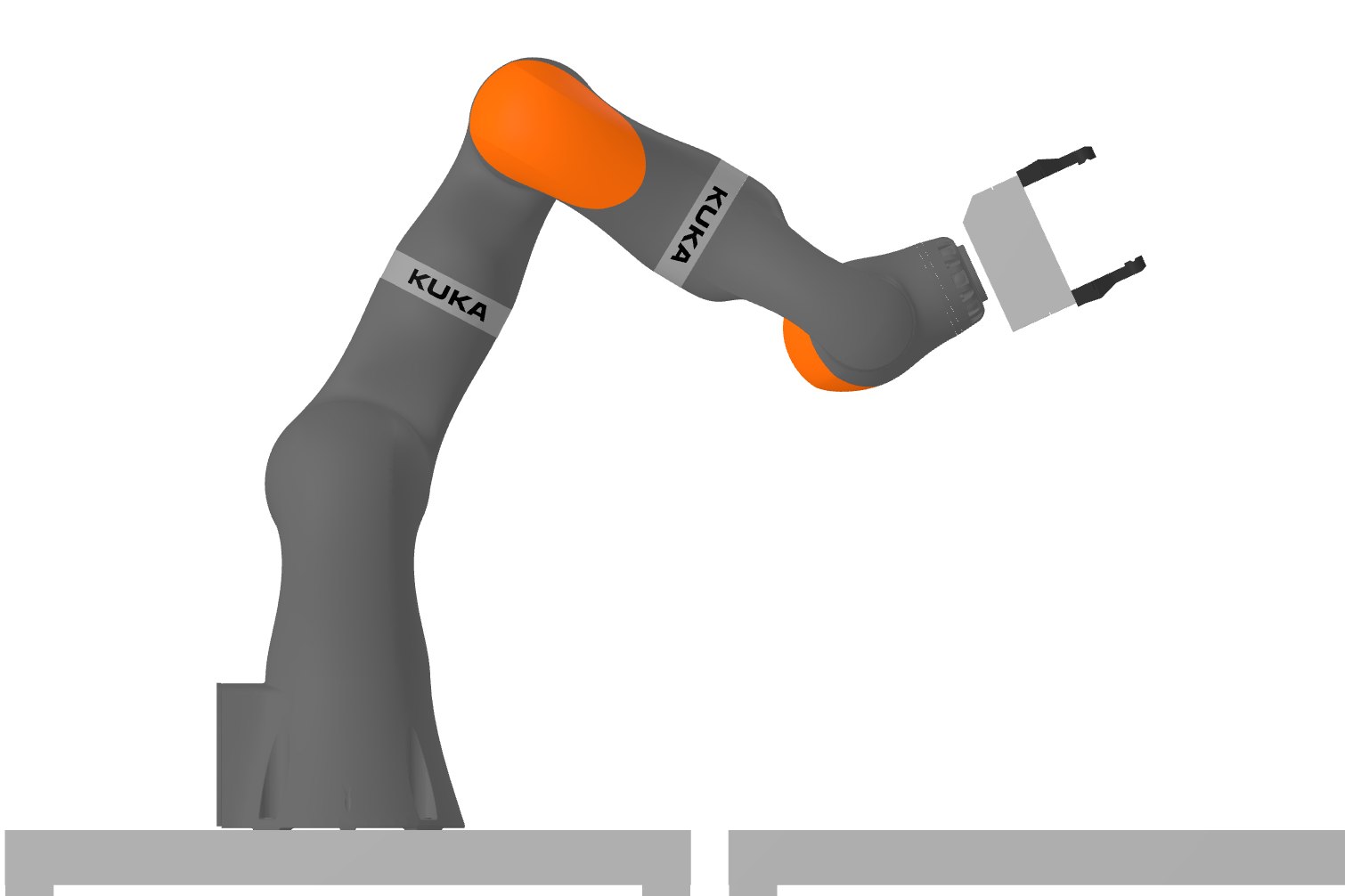

A sample annotated image from the COCO dataset
Traditional computer vision tasks
Bingham distribution (over unit quaternions)

image from Jared Glover's PhD thesis, 2014
in 2D:

Bingham distribution (over unit quaternions)
from Jared Glover's PhD thesis, 2014



6D Object Pose Estimation Challenge

- Until 2019, geometric pose estimation was still winning*.
- In 2020, CosyPose: mask-rcnn + deep pose estimation + geometric pose refinement was best.
* - partly due to low render quality?

H. Wang, S. Sridhar, J. Huang, J. Valentin, S. Song, and L. J. Guibas, “Normalized Object Coordinate Space for Category-Level 6D Object Pose and Size Estimation,” in 2019 IEEE/CVF Conference on Computer Vision and Pattern Recognition (CVPR), Long Beach, CA, USA, Jun. 2019, pp. 2637–2646, doi: 10.1109/CVPR.2019.00275.
Category-level Pose Estimation
"NOCS"








"Procedural dishes"!
"Procedural dishes"

SE(3) pose is difficult to generalize across a category



So how do we even specify the task?
What's the cost function?
(Images of mugs on the rack?)

3D Keypoints provide rich, class-general semantics


Constraints & Cost on Keypoints
... and robust performance in practice

Lucas Manuelli*, Wei Gao*, Peter R. Florence and Russ Tedrake. kPAM: KeyPoint Affordances for Category Level Manipulation. ISRR 2019
Keypoints are not a sufficient representation


Keypoint "semantics" + dense 3D geometry
https://keypointnet.github.io/

https://nanonets.com/blog/human-pose-estimation-2d-guide/

Typically don't predict keypoints directly; predict a "heatmap" instead

Dense reconstruction + annotation GUI

Example: Keypoints for boxes
box example figures from Greg Izatt
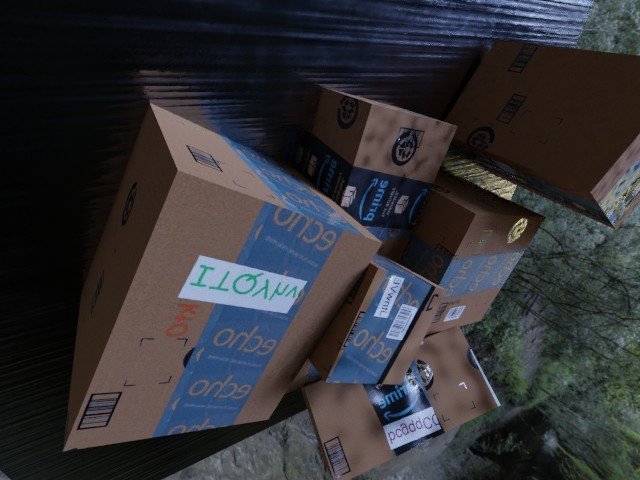
Procedural synthetic training data


Mask-RCNN



Sample of results
(shoes on rack)
| # train objects | 10 |
| # test objects | 20 |
| # trials | 100 |
| placed on shelf | 98% |
| heel error (cm) | 1.09 ± (1.29) |
| toe error (cm) | 4.34 ± (3.05) |
+ shape completion network (kPAM-SC)
to include collision-avoidance constraints

+ force control?



So far, keypoints are geometric and semantic
(mug handle, front toe of shoe), but required human labels
If we forgo semantics, can we self-supervise?

Z. Qin, K. Fang, Y. Zhu, L. Fei-Fei, and S. Savarese, “KETO: Learning Keypoint Representations for Tool Manipulation,” in 2020 IEEE International Conference on Robotics and Automation (ICRA), May 2020, pp. 7278–7285
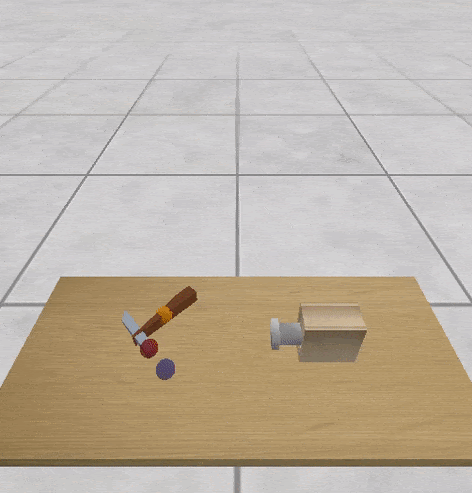
Dense Object Nets
Core technology: dense correspondences
(built on Schmidt, Newcombe, Fox, RA-L 2017)
Peter R. Florence*, Lucas Manuelli*, and Russ Tedrake. Dense Object Nets: Learning Dense Visual Object Descriptors By and For Robotic Manipulation. CoRL, 2018.
Dense Object Nets
dense 3D reconstruction
+ pixelwise contrastive loss
Good training/loss functions sharpen correspondences
Descriptors as dense self-supervised keypoints
Correspondences alone are sufficient to specify some tasks
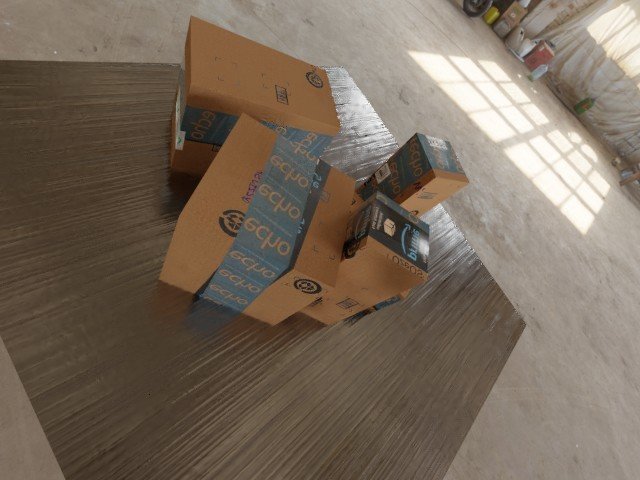


Dense descriptors for boxes
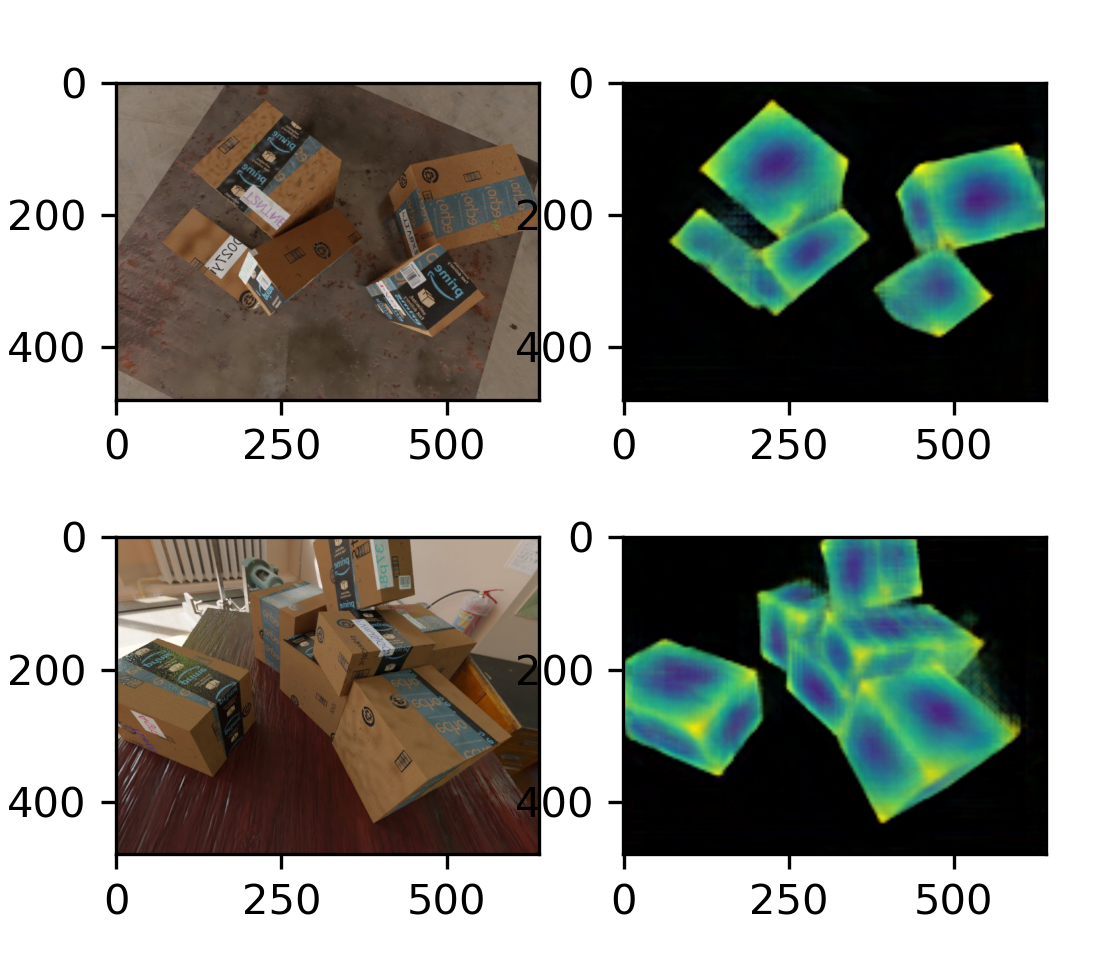
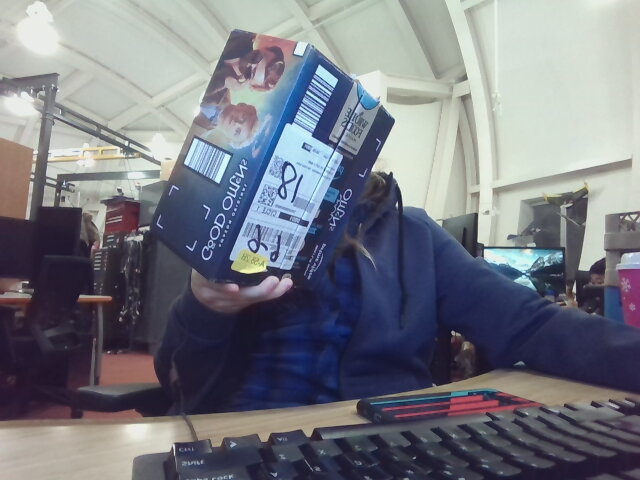
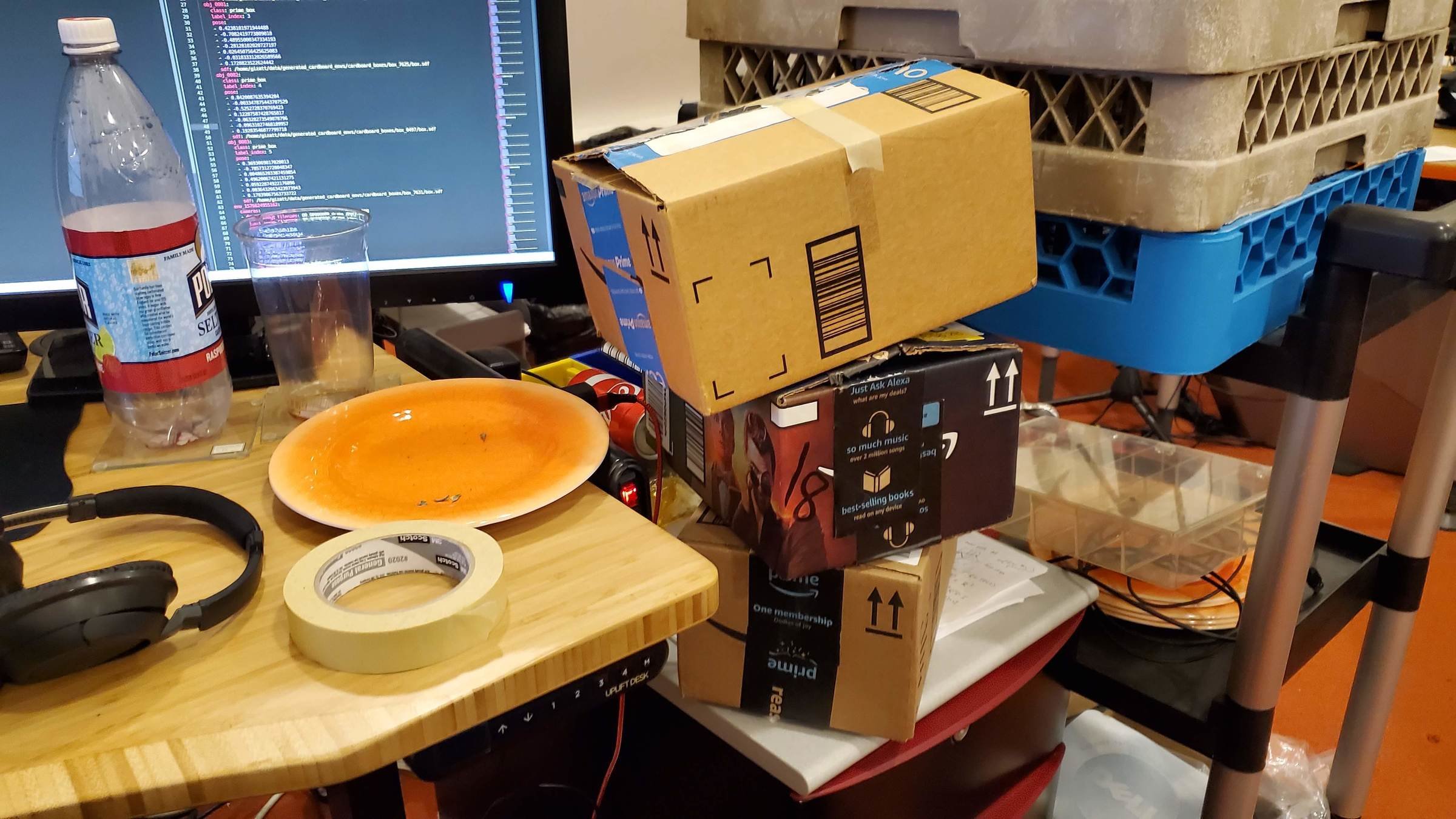

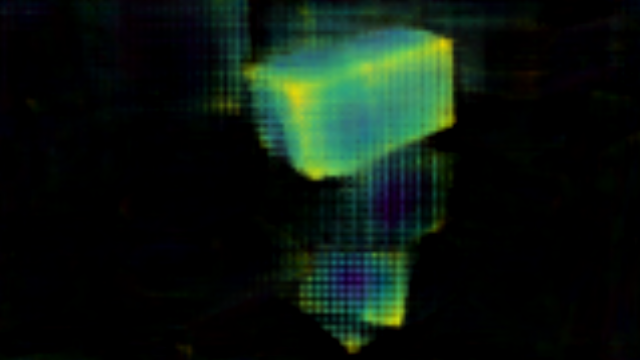
SceneFlow

Transporter Nets
Andy Zeng et al. Transporter Networks: Rearranging the Visual World for Robotic Manipulation, CoRL, 2020